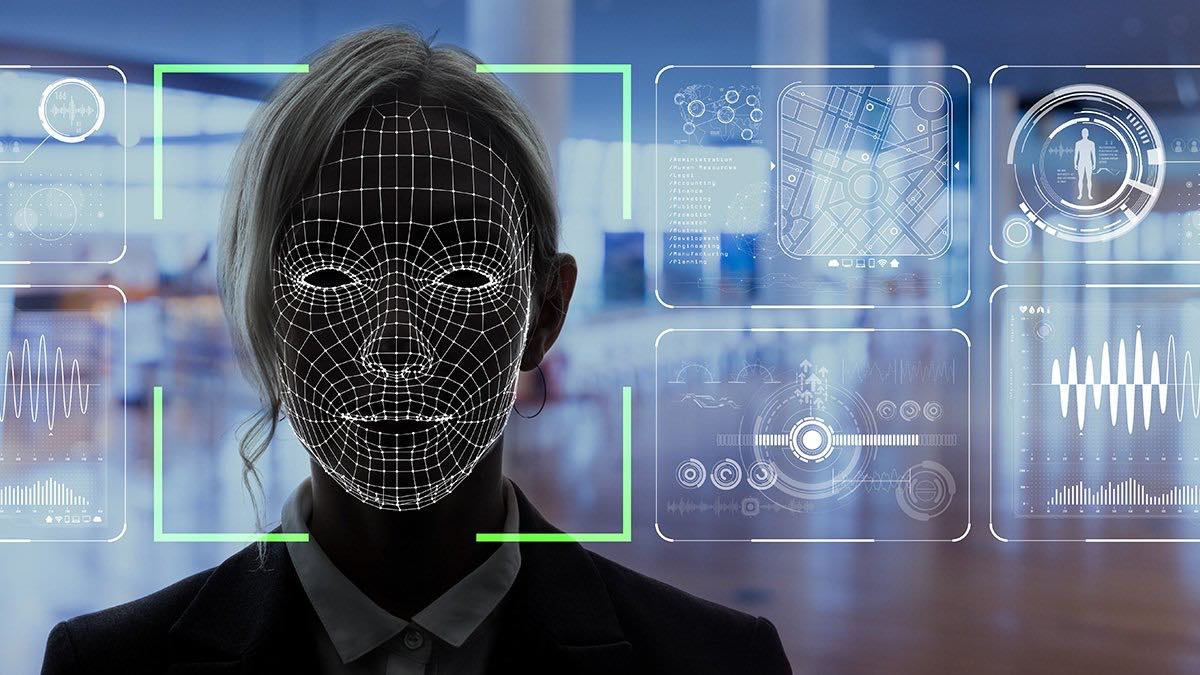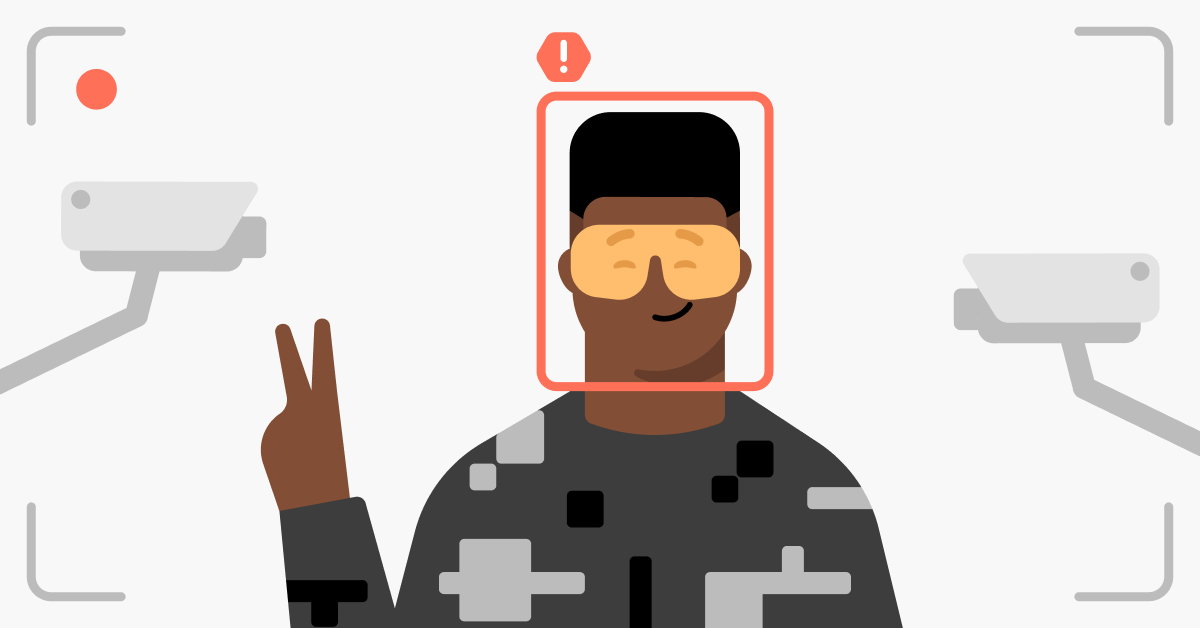What is machine learning?
Machine learning imitates human learning by analyzing data and making predictions that can be used as an input for other tasks. Language translation, streaming services, chatbots, and search engines are all powered by machine learning. Here’s what you need to know about machine learning and its use.
How does machine learning work?
Machine learning is behind most services we use today. Various businesses adopt machine learning because it can find patterns in data and improve their services without changes in code.
Take Facebook ads as an example. If you’re an avid hiker interested in camping gear and the latest GPS tracking gadgets, you will most definitely receive outdoor-related ads. Machine learning analyzes your browsing history, the websites you visit, and the people you follow on Facebook to provide you with relevant ads. This analysis of your behavior highly increases the chances that you will make a purchase.
As soon as you adopt a new hobby or search for something online you haven’t searched for before, machine learning immediately starts to target you with different ads. It constantly analyzes changes in your behavior, attempting to provide users with the ads they are most likely to click on and driving revenue to services.
Here are some well-known examples of machine learning applications in day-to-day life:
- Recommended TV shows on streaming platforms. Streaming services analyze what you watch and suggest similar shows you might like.
- The auto-correct feature. Many different applications and devices offer the auto-correct function, which works by analyzing what you’re typing and suggesting corrections.
- Fraud detection in online banking. Machine learning can detect fraud and prevent identity theft. When a suspicious activity is detected, your bank may freeze your account. This might include you logging in to your account from a remote country or making purchases the bank has flagged as seeming suspicious.
- Virtual personal assistants. Virtual assistants like Siri or Alexa analyze the information users provide them, compare it with previous data, and perform various tasks.
- Chatbots and virtual friends. Replika AI app, Character.ai, and other ML-based tools can generate human-like text responses and engage users in natural conversations.
- Traffic prediction apps. Google Maps, Waze, and other similar apps analyze traffic data and suggest the fastest route.
- Suggested friends on social networks. The algorithm analyzes your location, friends, interests, age, and workplace and presents you with a list of people you might know.
- Spam filters. Artificial intelligence in cybersecurity is also widely applied. For instance, this technology can support email phishing detection. When machine learning is provided with examples of spam or phishing emails, it can prevent similar emails from reaching your inbox.
- Sports watches. These types of gadgets track your activities, monitor your heart rate, and notify you about such factors as your progress or rest time.
- Facial recognition. Machine learning can analyze biometric data and identify people by comparing their faces in a database. Lensa AI app is also able to do it.
- Recommended songs on Spotify. Machine learning analyzes the music genres and artists you listen to and provides you with a weekly playlist of music you might like.
Types of machine learning
Supervised learning
In supervised learning, an algorithm is presented with input data and desired output data so it can be trained to make predictions. After an algorithm analyzes the data, it discovers a pattern and gradually learns how to correlate input data into output data. Now it can operate independently and serve its purpose.
The learning process for the algorithm doesn’t stop here. It continues to discover new patterns while analyzing incoming data.
Unsupervised learning
Unsupervised learning algorithms don’t need human intervention because they can find patterns in data themselves. This ability allows them to perform more complex and versatile tasks than supervised learning. However, unsupervised learning algorithms are less accurate.
Semi-supervised learning
As the name suggests, semi-supervised learning adopts a bit of both supervised and unsupervised learning. It uses labeled and unlabelled data so a model can learn and make predictions for new data entries.
Semi-supervised learning is often used when there’s not enough data for an algorithm to learn. However, this lack of data can result in less trustworthy outcomes.
Reinforcement learning
In reinforcement learning, a model gets rewards or penalties based on its actions. It’s up to a model to figure out how to get more rewards and fulfill its tasks. Reinforcement learning algorithms solve complex problems and are not used for simple tasks. By trying different methods to solve a problem, a model eventually finds one that maximizes its reward.
Machine learning vs. deep learning vs. AI
While the terms machine learning and AI are often used interchangeably, they shouldn’t be considered synonyms. AI is a concept that defines machines that can simulate a human way of thinking and behavior. Machine learning is a subset of AI that allows machines to learn various patterns and solve problems.
Deep learning tries to mimic the network of human neurons, turning it into an extremely sophisticated system that can make decisions on its own. Deep learning is a subset of machine learning. However, it’s considered to be more advanced.
Machine learning needs human intervention (think the augmented intelligence approach), whereas deep learning can evaluate the results itself and decide if they’re satisfactory. Since deep learning can learn from its own mistakes, it’s often compared to the human brain. While it might sound like science fiction, futurists’ predictions for 2025 say that we can go even further than that.
Ethical challenges of machine learning
Surveillance
While machine learning can improve user experience, it can also be used for controversial purposes, such as surveillance. Many cities use facial recognition software to monitor public spaces and identify criminals. However, privacy activists have raised concerns about its accuracy and whether it’s ethical to spy on people.
Lack of transparency
AI still lacks decent regulation and international laws. We can’t be sure how AI technologies are used and who’s collecting our private data. It can even serve malicious purposes and benefit various threat actors.
Uneven power distribution
Big companies have more resources to adopt AI and push their competitors out of the market. Computing experts agree that those who own AI technology are a few steps ahead of everyone else.
The potential spread of inaccurate information
Limiting the resources that AI can learn from might result in AI hallucinations or false information presented as facts. Without double-checking its accuracy, a person might continue spreading misleading information.
Privacy
Businesses collect a lot of data about us, from browsing habits to location (just take a look at what Google knows about you). While they claim this information is needed to provide users with the best possible experience, it also raises ethical dilemmas. We can’t be sure how our data is stored and who can access it. Since data breaches happen every day, data collection makes us all vulnerable.

